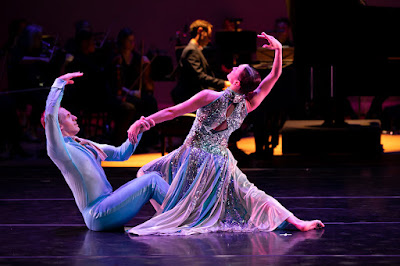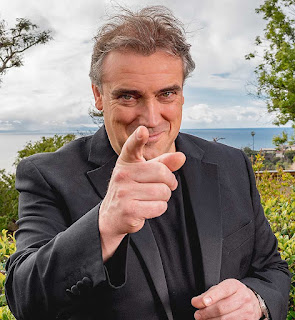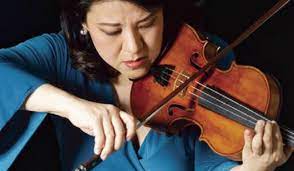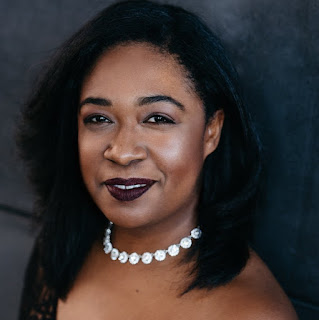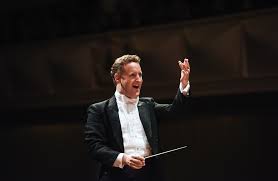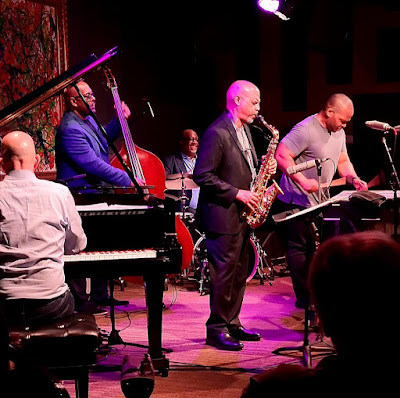A musical bargain packed with concentrated jazz nutrients: Sophie Faught Quartet at the Palladium

For a bargain price at the metropolitan area's arts palace in Carmel, Sophie Faught and her all- Sophie Faught led a distinguished quartet. star quartet delivered with panache some of her recent and older compositions for about an hour Friday night. There were many empty seats at the Palladium, but the size of the audience was enough to give a more than adequate response, confirming the esteem in which the saxophonist-bandleader and her colleagues — pianist Steve Allee, bassist Nick Tucker, and drummer Kenny Phelps —are held in central Indiana and beyond. The seven Faught compositions enabled the band to represent the stature of what she writes and how congenial it can be for elaboration by sensitive artists. The concert opened with Allee offstage, as a piece for trio saluted the Nigerian author Chinua Achebe, a distinguished figure in world literature best known for the novel "Things Fall Apart." Bass and tom-toms established an elemental pattern for the tune. The absen
